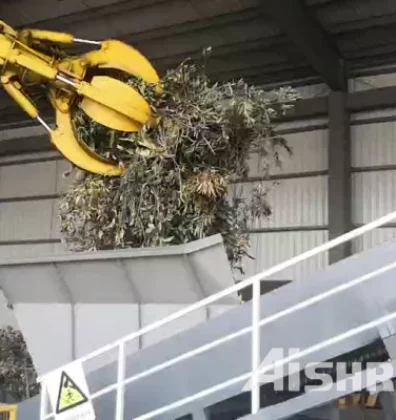Our environment is facing challenges, hundreds of millions of end-of-life tires are encroaching on our space, polluting soil and groundwater, high temperatures can cause them to burn, and harmful smoke is polluting the atmosphere.
Fortunately, we already know how to recycle this waste. Convert them to gold through material and energy recovery.

Material Recycling
Due to the resistant rubber material, the material recycling of used tires is very expensive. The industry has high demands on recycled rubber; it must correspond exactly to the respective requirements. In material recycling, used tires are shredded in shredder and granulate plants and processed into powdered rubber or granules. The products obtained from material recycling can be reused, for example, for artificial turf, asphalt or sports fields or sealing materials.
So that old tires can be separated into their three main components rubber, textile fibers and metal, the old tires must be crushed to a particle size of five millimetres. This is done in three steps: First, a pre-shredding to 50 to 150 mm takes place in the double shaft shredder. Then the shredded tires are broken down and re-shredded in the granulator. A combination of cutting, tearing and crushing breaks the material down into its individual parts. The grist has a size of 5 to 10 mm. In the third step, fine grinding, the rubber granules are ground to the desired size after the textile fibers and steel have been removed. A distinction is made here between warm grinding and cryogenic grinding. During cryogenic grinding, the process is cooled down to -100°C. The material is made brittle and broken down into its individual parts.
Pyrolysis - Chemical Recycling
Another way to recycle tires is tire pyrolysis. Pyrolysis is a chemical recovery process in which shredded tires are heated to 400 to 600 degrees in pyrolysis plants in the absence of oxygen, but no combustion takes place. During the pyrolysis process, the components of the tire are thermally decomposed.
A valuable product of tire pyrolysis is carbon black, which is required for the manufacture of tires. The carbon black is recovered from the tires through the pyrolysis process and can be used again for the production of new tires. In addition, gases, oils and coke are released, which can be energetically recycled. Steel is also recovered through pyrolysis and can be fed back into the production process.
Energy Recycling
In energy recycling, the old tires are incinerated and converted into energy(electricity or thermal). Given the magnitude of an uncontrolled tire fire, it's hard to imagine that incinerating used tires is an environmentally friendly disposal method - but this is deceptive. Used tires are well suited as a fuel substitute in cement works, pulp works and power stations because they have a calorific value of around 9.0 kWh/kg and a sulfur content of around 1.2%.
The combustible elements of the used tires (textile, rubber, soot, etc.) are used to generate energy, the non-combustible parts (ZnO, steel, etc.) oxidize completely and are used in cement production.
GEP ECOTECH Waste Tyres Recycling Solution
GEP ECOTECH designs and manufactures complete designs for tire material and energy recovery as well as integrated recycling lines. We have worked in this field for many years and have a wealth of experience to design unique and optimal solutions according to specific needs. If you need help or need more reference, please leave us a message.




